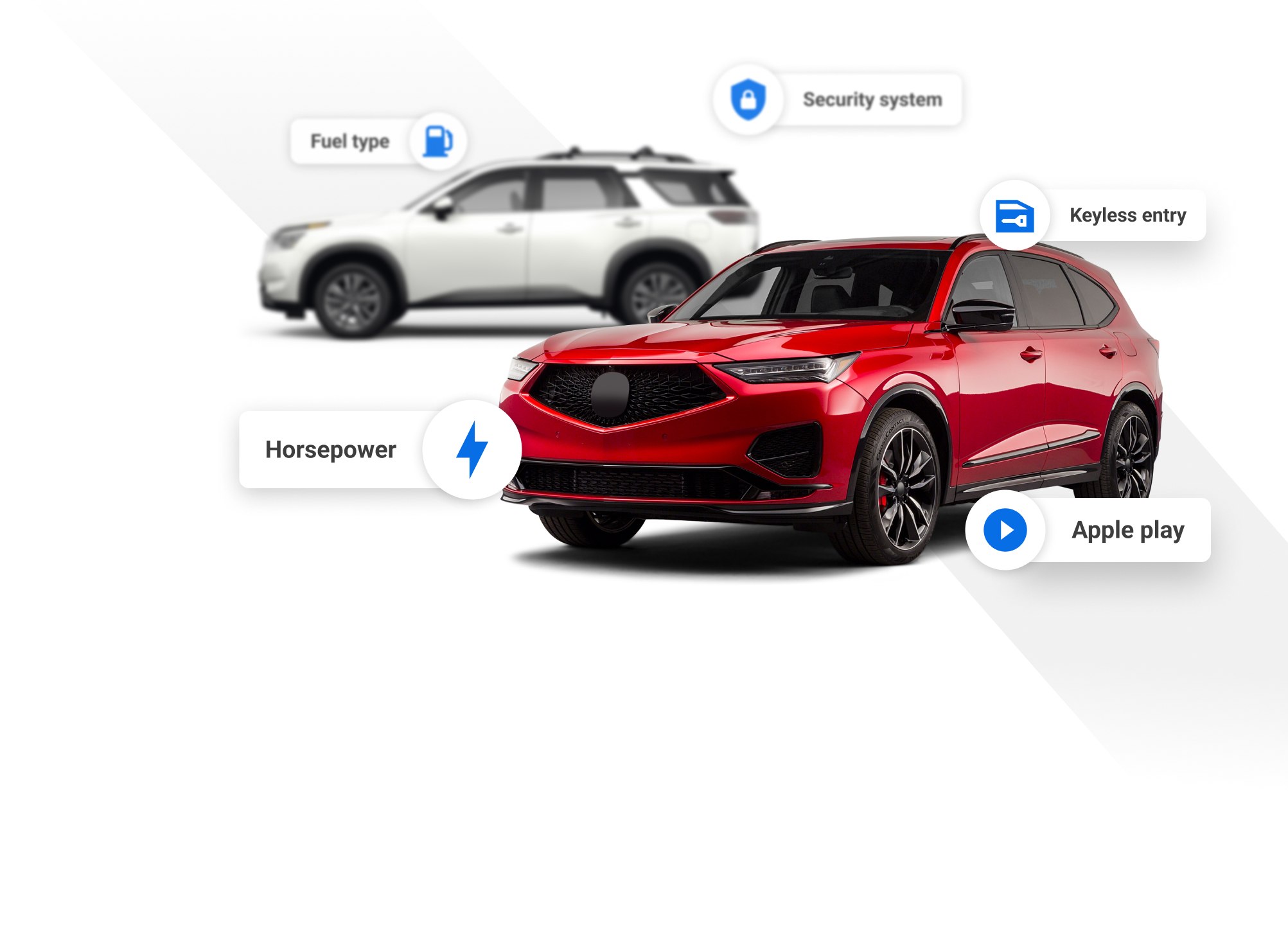
2018 Mazda CX-3


Key Specifications for 2018 Mazda CX-3






Buyer’s Guide
Mazda's tiny CX-3 subcompact crossover gets a number of changes to its features list for 2018, including some brand new to this model and others made available or standard in lower-spec trims. Mazda has also made some updates aimed at improving the CX-3's overall refinement and quality and expanding its appeal in a competitive vehicle class.
From a technical standpoint, this little utility gets Mazda's G-vectoring control system, which responds to steering inputs by gently reducing the amount of power being delivered to the front wheels. The idea is to transfer some weight to the front wheels to improve cornering grip and reduced understeer.
Mazda says it has also made the CX-3's cabin quieter, improved ride comfort with a re-tuned suspension and added a manual transmission as the entry-level transmission for FWD models, a first for this model.
Inside the cabin, there's a redesigned steering wheel and a revised gauge cluster with higher contrast and wider viewing angles.
In terms of equipment, smart city brake support, Mazda's low-speed automatic emergency braking system, is now standard across the line, rather than being limited to the top-trim GT model with the optional technology package.
That GT tech package also gives up its advanced blind spot monitoring and rear cross traffic alert functions to the mid-range GS trim, which additionally gains automatic climate control and a heated steering wheel. Meanwhile, buyers of front-wheel drive models in any trim can no longer add the luxury package, now limited to AWD versions.
And that's not all: the GS trim can now be had with an i-Activesense packages of active safety features that includes radar cruise control, full-speed smart brake support and front obstruction warning (all of which are new to the CX-3), plus lane departure warning, auto-levelling adaptive LED headlights with automatic high beams, LED taillights and a colour head-up driving display to replace last year's monochrome one.
The top-end GT model gets that revised head-up display as standard, plus a 10-way power driver's seat with memory. All-wheel drive is now an option in the GT trim, instead of being part of the standard package. And the GT's optional technology package gets the same radar cruise, smart brake support and front obstruction warning features as the GS i-Activesense model, but also gets traffic sign recognition.
The CX-3's fundamentals are unchanged, however, which means it remains powered by a 2.0L four-cylinder engine whose 146 hp and 146 lb-ft of torque work well with an agile chassis to make this a surprisingly fun vehicle to toss around, in spite of SUV/CUV label. The automatic transmission that was once the only one you could get is a fine piece of machinery, and the new availability of a manual transmission is a nice nod to fans of Mazda's "zoom-zoom" philosophy of building cars for driving enthusiasts on a budget.
That said, the CX-3 not a large vehicle: it feels smaller inside than the already compact Mazda3, whose hatchback variant has more cargo space. The Honda HR-V and Nissan Qashqai are roomier inside and therefore more versatile, so Mazda hopes to attract existing fans of the brand, as well as shoppers who like the CX-3's styling, which has been described as polarizing.
Review & Compare:
Photos






















































































































































































AutoTrader Review


























